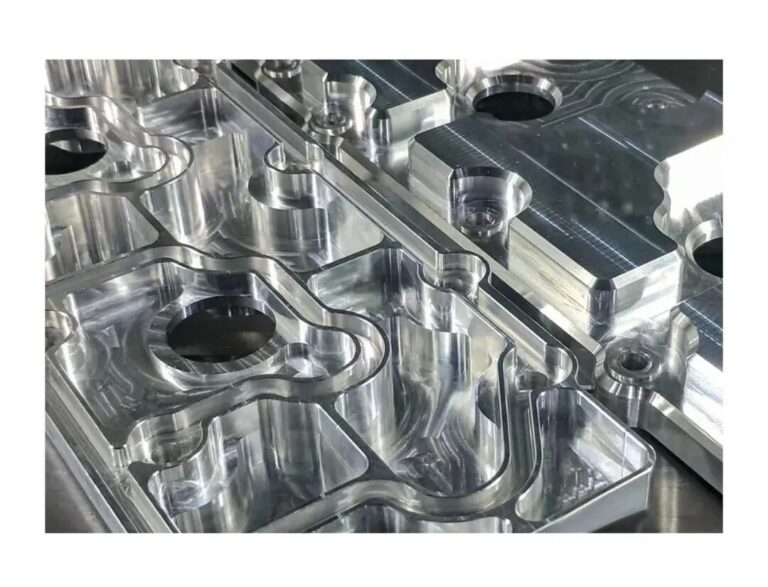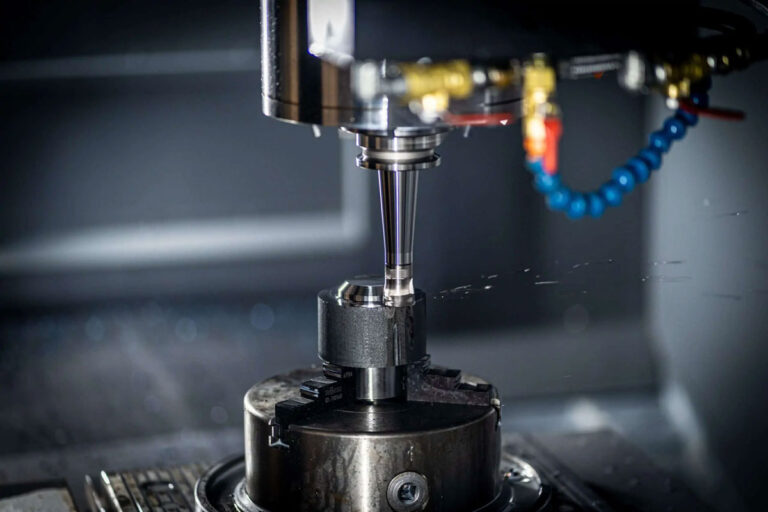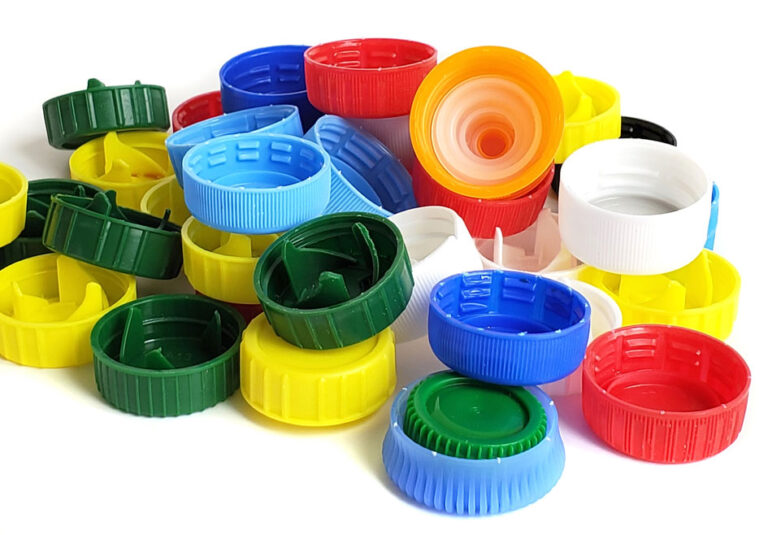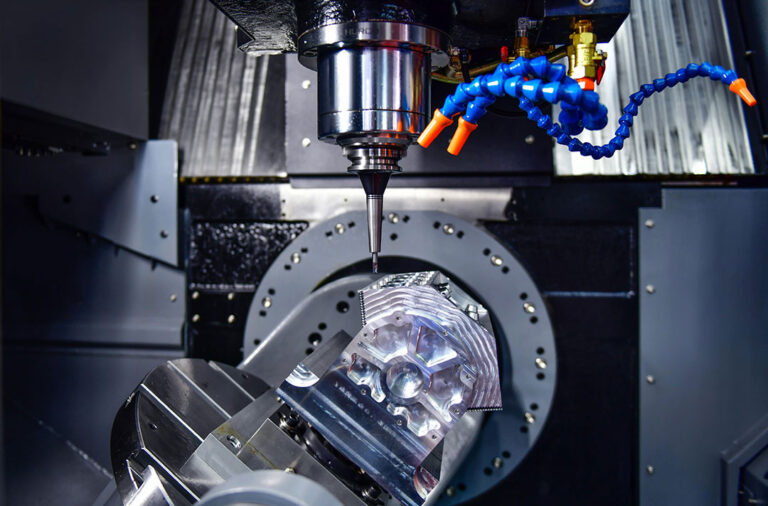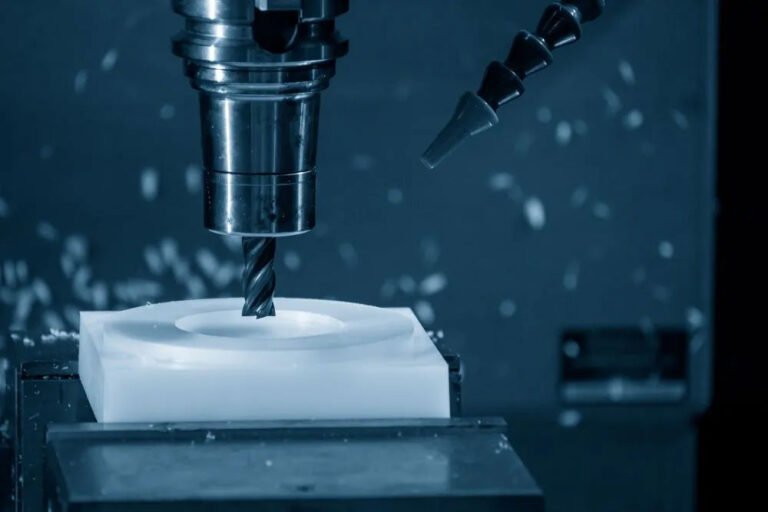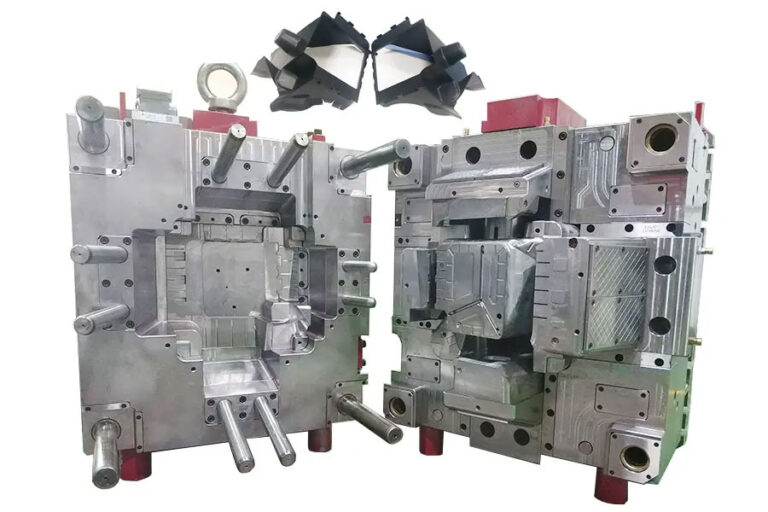Introduction
Correct operation and maintenance of CNC machine tools can prevent abnormal wear and tear of machine tools and avoid sudden failures of machine tools. Careful maintenance of machine tools can maintain the long-term stability of machine tool processing accuracy and extend the service life of machine tools. This work must be highly valued and implemented from the factory management level!
Maintenance related responsible person

● Operators are responsible for the use, maintenance and basic upkeep of the equipment;
● Equipment maintenance personnel are responsible for the repair and necessary maintenance of the equipment;
● The workshop manager is responsible for supervising all operators and equipment maintenance in the entire workshop.
Basic requirements for the use of CNC equipment
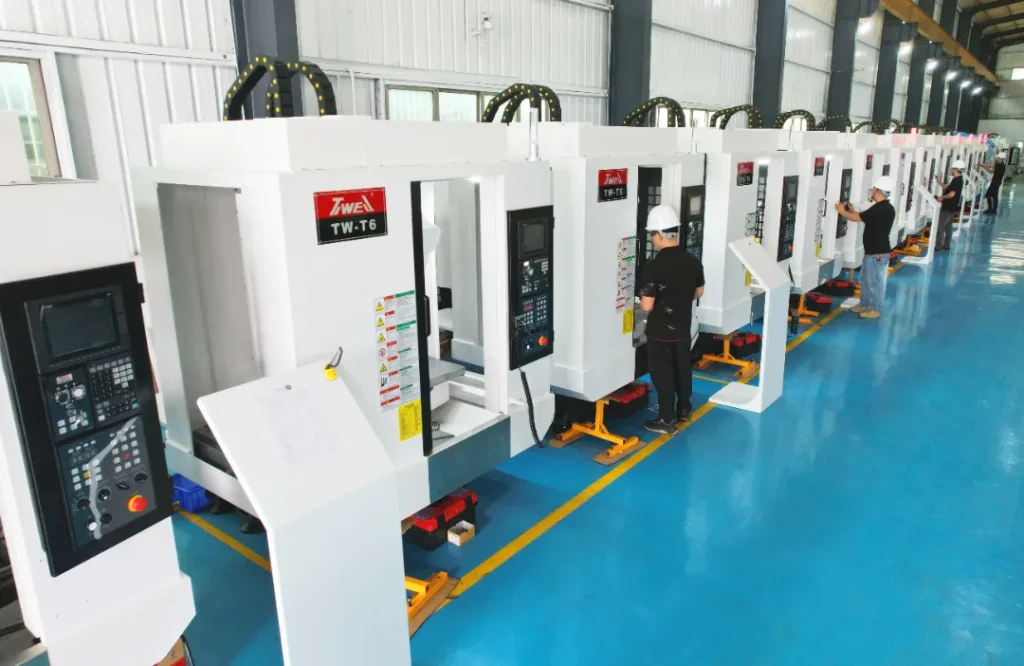
● CNC equipment should be kept away from places with humidity, excessive dust and corrosive gases;
● Avoid direct sunlight and other heat radiation. Precision CNC equipment should be kept away from equipment with large vibrations, such as punching machines, forging equipment, etc.
● In order to avoid the influence of large power supply fluctuations (greater than plus or minus 10%) and possible instantaneous interference signals, CNC equipment generally uses dedicated power supply (such as dividing a line from the low-voltage distribution room to supply CNC machine tools separately) and adding voltage stabilizing devices, which can reduce the impact of power supply quality and electrical interference.
Maintain daily machining accuracy
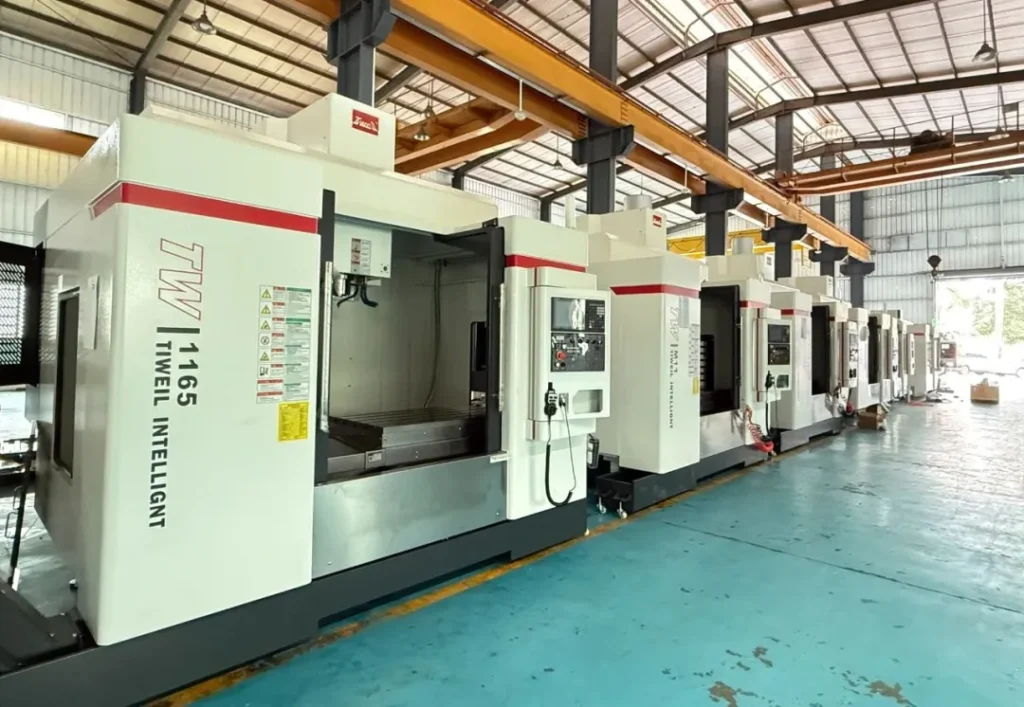
● After starting the machine, it must be preheated for about 10 minutes before processing; the preheating time should be extended for machines that are not used for a long time;
● Check whether the oil circuit is unobstructed;
● Before shutting down the machine, place the workbench and saddle in the center of the machine (move the three-axis travel to the middle of each axis travel);
● Keep the machine tool dry and clean.
Maintenance
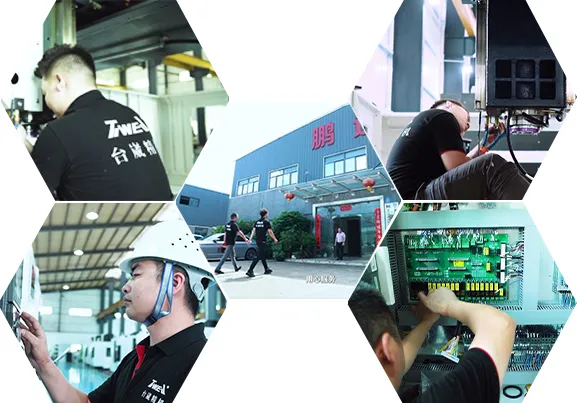
Daily Maintenance
● Clean the dust and iron chips of the machine tool every day: including the machine tool control panel, spindle taper hole, tool cart, tool head and taper shank, tool magazine tool arm and tool bin; XY axis sheet metal cover, flexible hose inside the machine tool, tank chain device, chip trough, etc.;
● Check the lubricating oil level to ensure the lubrication of the machine tool;
● Check whether there is enough coolant in the coolant tank, if not, add it in time;
● Check whether the air pressure is normal;
● Check whether the air blowing of the inner taper hole of the spindle is normal, wipe the inner taper hole of the spindle with a clean cotton cloth, and spray light oil on it;
● Clean the magazine arm and tools, especially the claws;
● Check whether all signal lights and abnormal warning lights are normal;
● Check whether the oil pressure unit pipe has leakage;
● Clean the machine tool after daily work is completed;
● Keep the environment around the machine clean.
Weekly maintenance
● Clean the air filter of the heat exchanger, the cooling pump and the lubricating oil pump filter;
● Check whether the tool pull bolt is loose and whether the tool handle is clean;
● Check whether the three-axis mechanical origin is offset;
● Check whether the tool magazine tool changing arm movement or tool magazine tool disc rotation is smooth;
● If there is an oil cooler, check the oil cooler oil. If it is below the scale line, please add oil cooler oil in time;
● Clean the impurities and moisture in the compressed gas, check the oil level in the oil mist separator, check whether the solenoid valves are working properly, and check the sealing of the pneumatic system, because the quality of the gas system directly affects the tool change and lubrication system;
● Prevent dust and dirt from entering the CNC device. There is usually oil mist, dust and even metal powder in the air of the machining workshop. Once they fall on the circuit boards or electronic devices in the CNC system, it is easy to cause the insulation resistance between components to decrease, and even cause damage to the components and circuit boards.
Monthly maintenance
● Check the lubrication of the shaft track. The track surface must be well lubricated.
● Check and clean limit switches and bumpers;
● Check whether the oil in the oil cup of the knife cylinder is sufficient, and add oil in time if it is insufficient;
● Check whether the signs and warning plates on the machine are clear and present.
Half-year maintenance
● Remove the shaft anti-chip shield, clean the shaft oil pipe joint, ball screw, and three-axis limit switch, and check whether they are normal. Check whether the scraper blades of each shaft are in good condition;
● Check whether the servo motors and heads of each axis are running normally and whether there are any abnormal sounds;
● Replace the oil in the hydraulic unit and the oil in the tool magazine reduction mechanism;
● Test the clearance of each axis and adjust the compensation amount if necessary;
● Clean the dust inside the electric box (make sure the machine tool is turned off);
● Thoroughly check whether all contacts, connectors, sockets and switches are normal;
● Check whether all buttons are sensitive and normal;
● Check and adjust the mechanical level;
● Clean the cutting water tank and replace the cutting fluid.
Annual professional maintenance or repair
Note: For annual professional maintenance or repairs, please contact the machine tool manufacturer to assign professional engineers to perform the maintenance.
● The grounding protection system should have complete continuity to ensure personal safety;
● Regularly check components such as circuit breakers, contactors, single-phase or three-phase arc extinguishers, etc. Check whether the wiring is loose or the noise is too loud, find out the cause and eliminate the hidden dangers;
● Ensure that the cooling fan in the electrical cabinet operates normally, otherwise it may cause damage to the components;
● If the fuse is blown and the air switch trips frequently, the cause should be found and eliminated in time;
● Check the vertical accuracy of each axis and adjust the geometric accuracy of the machine tool. Restore or meet the requirements of the machine tool. Because geometric accuracy is the basis of the comprehensive performance of the machine tool. For example: poor verticality of XZ and YZ will affect the coaxiality and symmetry of the processed workpiece, and poor verticality of the spindle to the table will affect the parallelism of the processed workpiece, etc. Therefore, the restoration of geometric accuracy is the focus of our maintenance;
● Check the wear and clearance between the motor and the screw of each axis, and check whether the supporting bearings at both ends of each axis are damaged. When the coupling or bearing is damaged, it will increase the noise of the machine tool operation, affect the transmission accuracy of the machine tool, damage the screw cooling seal ring, cause cutting fluid leakage, and seriously affect the life of the screw and spindle;
● Check the protective covers of each axis and replace them if necessary. A bad protective cover will directly accelerate the wear of the guide rail. If there is a large deformation, it will not only increase the load of the machine tool, but also cause greater damage to the guide rail.
● The straightening of the screw rod, because some users cause the screw rod to deform after the machine tool collides or the iron gap is not good, which directly affects the processing accuracy of the machine tool. We first loosen the screw rod to make it in a natural state, and then install the screw rod according to the maintenance regulations to ensure that the screw rod is not subjected to tangential force as much as possible during movement, so that the screw rod is also in a natural state during processing;
● Check and adjust the belt drive system of the machine tool spindle, properly adjust the tightness of the V-belt to prevent the machine tool from slipping or losing rotation during processing, replace the spindle V-belt if necessary, and check the amount of oil in the cylinder of the belt pulley for the 1000r/min spindle high and low gear conversion. Add oil if necessary, lack of oil will cause failure during low gear conversion, seriously affect the surface roughness during milling processing, and reduce the cutting torque;
● Clean and adjust the tool magazine. Adjust the rotation of the tool magazine to make it parallel to the table surface, replace the retaining ring if necessary, adjust the angle of the spindle directional bridge and the tool magazine rotation coefficient, and add lubricating grease to each moving part;
● Prevent system overheating: Check whether the cooling fans on the CNC cabinet are working properly. Check whether the air duct filter is blocked. If there is too much dust accumulation on the filter net and it is not cleaned in time, it will cause the temperature inside the CNC cabinet to be too high.
● Regular maintenance of the input/output devices of the CNC system: check whether the machine tool transmission signal line is damaged, whether the interface and connector screws and nuts are loose or falling off, whether the network cable is plugged in firmly, and clean and maintain the router, etc.;
● Regular inspection and replacement of DC motor brushes: Excessive wear of DC motor brushes affects the performance of the motor and even causes damage to the motor. For this reason, motor brushes should be regularly inspected and replaced. CNC lathes, CNC milling machines, machining centers, etc. should be inspected once a year;
● Regularly check and replace storage batteries: Generally, the CMOS RAM storage device in the CNC system is equipped with a rechargeable battery maintenance circuit to ensure that the contents of its memory can be maintained when the system is not powered on. In general, even if it has not failed, it should be replaced once a year to ensure the normal operation of the system. The battery should be replaced when the CNC system is powered on to prevent the loss of information in the RAM during replacement;
● Clean the electrical components in the control cabinet, check and tighten the terminals; clean the CNC system control module, circuit boards, fans, air filters, heat sinks, etc.; clean the internal components, circuit boards, fans of the operation panel, and check the tightness of the connectors.
